

Game Rant’s Andrew Dyce reviews Diablo 3
Fantastic wars between good and evil, with wise wizards and demon lords doing battle for the right to rule humanity: this is nothing new to video games, or fantasy storytelling in general. But there is something to be said for casting aside dense and complex mythology, and letting one’s sword or bow do the talking. That’s the itch that the first two games in the Diablo series scratched to great success, but once again the realm of Sanctuary has fallen under attack from the vilest creatures of Hell.
The past decade saw Blizzard quietly working away at Diablo 3, almost immediately hailed as the be-all end-all of the hack and slash, dungeon-crawling genre. With no shortage of pretenders to the throne gaining success in its absence, does Diablo 3 achieve the lofty goals set by its most ardent supporters? It would be more accurate to say that it has lived up to those set by its own developers. And while not quite as lofty, those particular goals are met exceedingly well.
While the game itself suffered what can only be described as one of the worst singleplayer game launches in history, the developers have apologized and for the moment, seem to have righted the ship. Not a moment too soon, as Diablo 3 grants the task of saving the realm of humanity from the hordes of Hell to the player from the game’s first moments. This may not be a particularly new theme for fans of the series, but as motivation for moving forward, it serves its purpose well.
The story soon takes a backseat to the endless questing and dungeon-looting anyways, so the extended plot is mostly conveyed through a series of breathtaking cinematic cutscenes. Players will no doubt long for a gameplay experience on par with the visual prowess of the cinematics – unfortunately still not feasible – but, unavoidably, the gameplay itself fails to live up to the grand tone and spectacle of the completely divorced expository scenes. The story or fantasy mythology of a dungeon-crawler RPG may not be the most integral aspect, but the fact remains: the dialogue in the cutscenes is better, the character design is more refreshing and impressive, and the terrifying enemies are, actually, genuinely terrifying as opposed to merely boss-like.
The story communicated within the game is not poorly executed, and the occasional dose of well-crafted vignettes only adds to the experience. But this impression that more drama and originality exist untapped outside of the actual gameplay is one which constantly resurfaces.
The heart of the Diablo 3 experience as crafted by Blizzard lies in the combat and item acquisition, and the extensive mechanics and systems which lie under these respective hoods. The five character classes available – Barbarian, Monk, Demon Hunter, Witch Doctor and Wizard – offer a mix of melee, ranged and spellcasting skills as finely-honed and varied as the pedigree of the developer would imply. The beginning stages of the game communicate the strengths and weaknesses of each class quite clearly to newcomers: melee warriors who can plunge directly into the fray and absorb massive damage, ranged fighters who are potent from a distance but constantly in need of falling back, or mages that rely on the elements and spirits to follow their battle plan.
As could be expected, each class feels completely different from one another both in and out of combat. With a wide array of enemy types and unique weaponry and armor, every class offers satisfying offense while still bringing challenges throughout the course of the campaign. The scaled weapons and cosmetically-varied gear follow the formula long established in the RPG genre, as do the ghoul-filled randomly-generated dungeons. Appearances are, in this case, quite deceiving. A brief look at a section of Diablo 3 gameplay may seem to be an exercise in clicking, re-clicking, then clicking again, but the true sophistication of the game exists under the surface.
Instead of relying on a basic range of attacks that increase in ferocity with the player’s rising experience, Blizzard has crafted a constant stream of primary, secondary and special attacks, accompanied by unique runes which fundamentally alter said abilities. While the Barbarian may begin with a standard melee attack, the initial swipe may soon become a concentrated strike (dealing extra damage in a wide radius, or slightly more damage across a smaller impact zone) or a sweeping slice (which causes bleed damage after impact or turns slain enemies into walking explosives). The final result is an arsenal of attacks and modifiers that follow no strict hierarchy, and place the demand on the player to analyze each fight instead of relying on a tried-and-true formula.
Successful combat strategies are learned, not earned. That is, players who pay attention and prioritize enemy forces are the ones who will avoid keyboard-throwing frustration, not those who simply rely on leveling to unleash more powerful attacks. The attacks do gain potency and brutality as the character levels, but even more modest and calculated attacks and spells can lead to greater success than merely brute force. This becomes even clearer when playing cooperatively, as a skill which had previously seemed somewhat useless can change the shape of an engagement when combined with another class’ abilities.
It is quite an accomplishment to say that the co-op systems put into place are some of the most effortless we’ve recently encountered in a PC title, despite the issues which plagued the game’s launch. Playing with friends is not merely an additive experience but a necessity to appreciate the time and energy that went into crafting the individual class’ specific fighting styles. Simply put: the combat and gameplay of Diablo 3 doesn’t try to reinvent the genre, but hone and perfect the systems that have come to define it. And in that regard, the game most definitely succeeds.
With the basic tenets of the genre so strongly relied upon, the most lasting aspects of Diablo 3 – both good and bad – are found in the details. The need for health potions is lessened by occasional health orbs dropped by enemies, allowing the player to maintain reserves for more challenging bosses. Inventories overflowing with magical items required for crafting are remedied by the presence of a Town Portal, granting the player the ability to return to their home base as frequently as they like, and aided by an abundance of waypoints that can be just as easily returned to. In both cases, what could be game-breaking additions never impact the overall skill required to play, merely allowing the player to focus on the aspects of the game that are most rewarding – and, of course, most addictive.
By the same token, there are numerous changes to gameplay that, for lack of a better word, seem half-baked. Certain unidentifiable items found among loot can be deciphered with a right-click. Why? It’s hard to say. No reason is ever given, and the act never ceases to seem like a placeholder. Complaints like these may seem like trivial nitpicking, but when placed alongside the finely streamlined and honed gameplay, they are nothing short of dumbfounding. In a few cases, their lack of polish can lead to frustration, not merely irritation.
For instance, enemies constantly spew out gold coins upon death, commanding completionist (read: Diablo) fans to sweep the battlefield to make sure no loot is left behind. Of course, the number of vendor items which are more powerful than those found while looting throughout most of the game is minimal at best, defeating much of the point in accruing currency. Aside from the Auction House, that is. Considering that most non-magical, non-rare items can be sold for relatively little, their presence within the game seems completely arbitrary at points. Much of the gold that is gathered must be spent upgrading the player’s own crafters to keep pace with their own progression. Since completing quests results in far more gold than scrounging, it seems that a more direct relationship between these elements could have been implemented. Especially since the presence of pets capable of collecting scattered gold for the player were removed because they “felt like they were mandatory.”
These drawbacks and nagging issues fall short of tainting the overall experience, but with over ten years of development, it’s hard to justify their presence at all. When so many elements of the game were removed prior to release due to their lack of polish or perfection, what remained was safely assumed to be as finished as it ever would be. Perhaps falling victim to the expectations set by an extensively-prolonged development cycle, Diablo 3 nevertheless possesses some faults more likely to pop up in much less refined releases. It is worth noting, though, that these all-too-familiar annoyances and puzzling mechanics only stand out because the rest of the game is presented so smoothly.
Blizzard clearly had a single goal in mind, introducing new and refreshing depth to a straightforward combat system, and creating an ever-changing world in which it could be unleashed. But by remaining so committed to the genre, and refining the basic gameplay more than any other facet of the experience, we can’t help but feel that the game could have been much more.
It’s doubtful that more development time would have accomplished that – for obvious reasons – so instead of lamenting what could have been, we’ll enjoy Diablo 3 for what it is: simply one of the best dungeon-crawler, hack and slash experiences available today.
[poll id=”38″]
Diablo 3 is available now for the PC and Mac. Game Rant played the PC version for this review.
Follow me on Twitter @andrew_dyce.
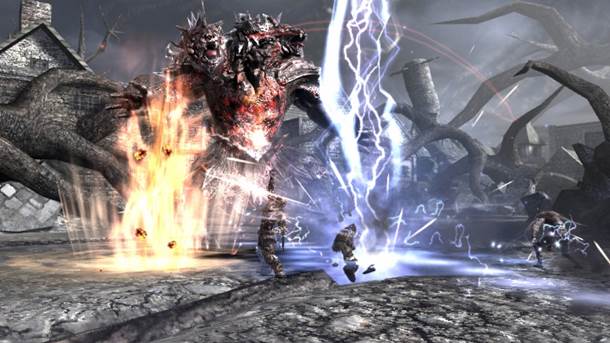

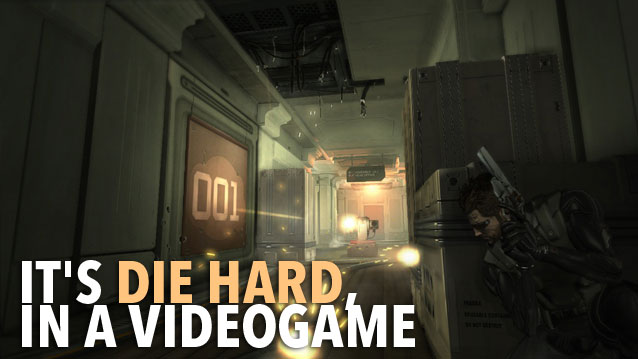

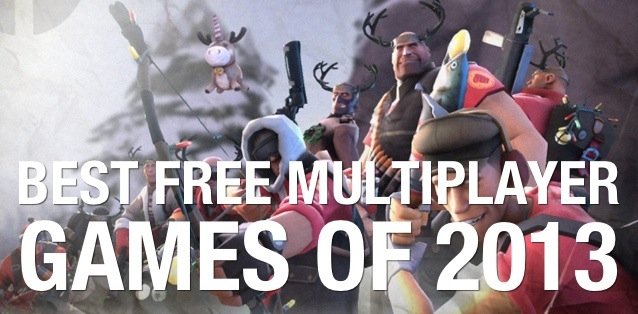 Best Free Multiplayer Games of 2013
Best Free Multiplayer Games of 2013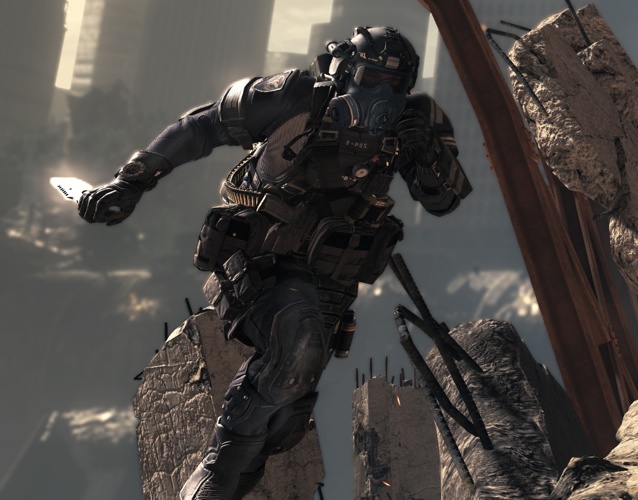 1080p Is Clearly Better Than 720p, But Why Is The Media Downplaying It?
1080p Is Clearly Better Than 720p, But Why Is The Media Downplaying It? Top 13 Tips and Tricks for Newbies in Civilization: Beyond Earth
Top 13 Tips and Tricks for Newbies in Civilization: Beyond Earth Battlefield 4 Dog Tag Locations
Battlefield 4 Dog Tag Locations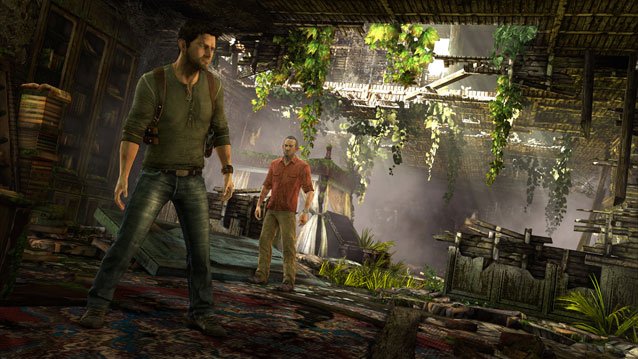 A Critical Look at Uncharted 3s Strengths and Weaknesses
A Critical Look at Uncharted 3s Strengths and Weaknesses